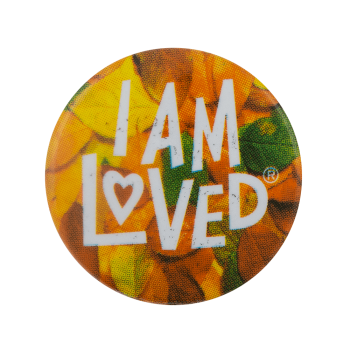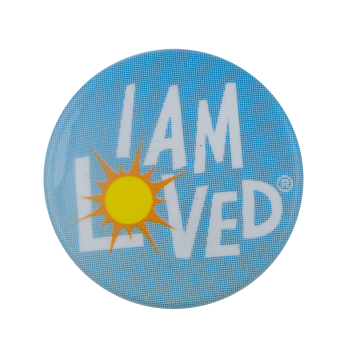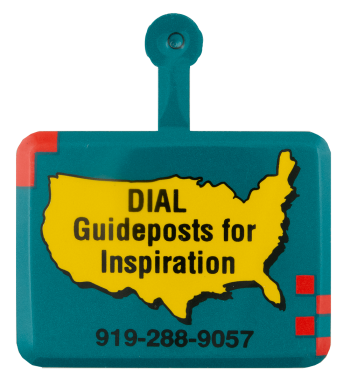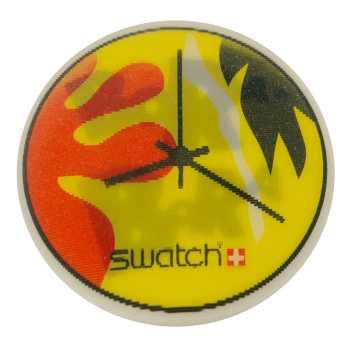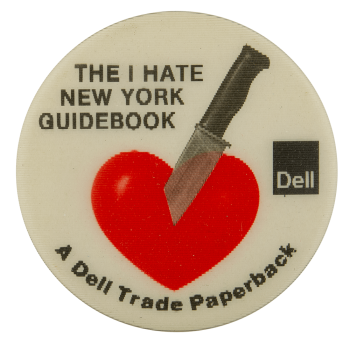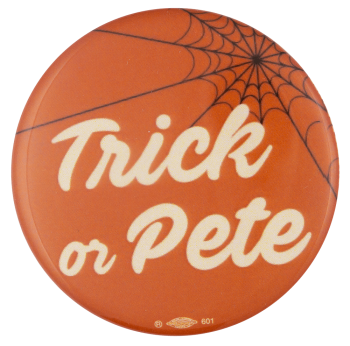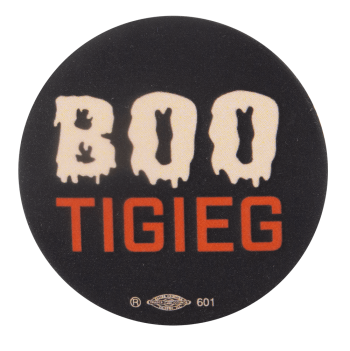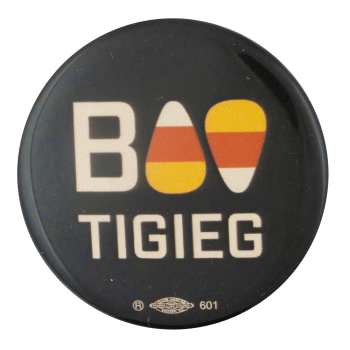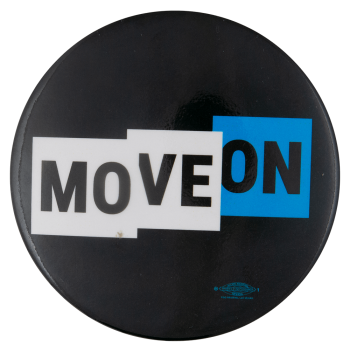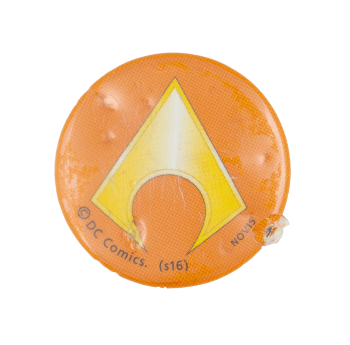I Am Loved Leaves
| Category | |
|---|---|
| Additional Images | |
| Sub Categories | |
| Text on Button | I AM LOVED® |
| Image Description | White text (I Am Loved) with image of a heart, replacing the letter O, on a background with yellow, orange and green leaves. |
| Back Paper / Back Info |
HELZBERG DIAMONDS 2012 LIMITED EDITION 800-HELZBERG helzberg.com |
| Curl Text | Helzberg Diamonds® 800-HELZBERG helzberg.com |
| Back Style | |
| The Shape | |
| The Size | |
| Year / Decade Made | |
| Additional Information | The “I AM LOVED” button has been produced and disseminated by the Helzberg Diamond company since 1967. This ongoing promotional button campaign was inspired by Barnett Helzberg Jr. wanting to make people feel loved and appreciated. The company has run multiple ads with a quote attributed to Helzberg Jr. “Buy her a diamond or give her a button, but in any case, tell her she's loved.” The buttons have been produced with a number of changing backgrounds and decorations, often reflecting seasonal holidays. The fall leaves version of the button was produced in 2014 for Thanksgiving. |
| Sources |
About Helzberg Diamonds. (n.d.). Herlzberg. Retrieved December 4, 2024, from https://www.helzberg.com/about-helzberg-diamonds.html Helzberg “I Am Loved” Pinback. (2014). AGHCollect. Retrieved from https://www.collectorsweekly.com/stories/115220-helzberg-i-am-loved-pinb... |
| Catalog ID | AD0952 |

